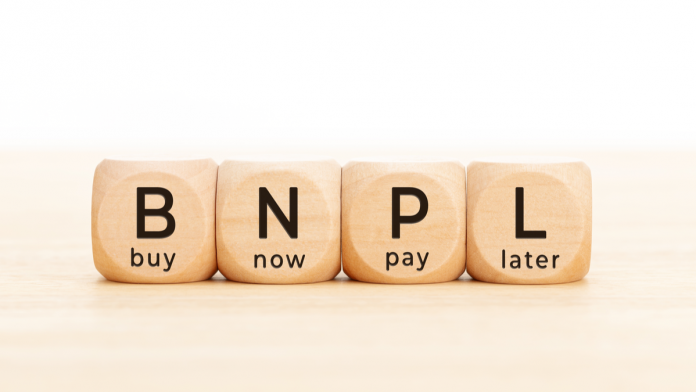The position of the Buy Now Pay Later (BNPL) user experience within the payment space has shifted since its rapid growth at the start of the pandemic.
We spoke to Kevin Shamoun, SVP of Product & Innovation at Fortis, who discussed how businesses have embraced the APM and what it means for consumers.
Payment Expert: Thanks for talking to us Kevin, to kick off can you tell us more about your role and what Fortis does?
Kevin Shamoun: Fortis delivers embedded commerce and payment solutions to software partners and developers. In short, we provide a commerce experience for businesses and process the payments. We specialise in B2B, hospitality, healthcare, specialty retail and ecommerce so we know the unique needs of each of those industries and cater our payments platform to fit those needs.
In my role, I’m primarily responsible for creating our product road map and ensuring our solutions and integrations meet the needs of our software partners. But my job isn’t just about tech implementation – it’s also about developing new ideas and transforming those into innovative solutions for a better payment experience.
PE: How significant has the rise of BNPL been in recent years and what do you believe has fueled this growth?
KS: The rise of BNPL has been very significant. Nearly 56% of Americans have used a BNPL service in their lives, which indicates the need for alternative and flexible payment methods. The consumer persona has adjusted – especially during the pandemic – to consumers demanding instant gratification and flexible payment options.
BNPL is a modern layaway solution that caters to these desires. With layaway, consumers would pay in chunks but wouldn’t receive the product until they completed payments. With BNPL, they get the product almost instantly. Consumers want the flexibility and option to decide how and when they’d like to pay, while still getting the product upfront.
PE: How much have you seen businesses embrace BNPL as an alternative payment journey?
KS: Many big players have embraced it, but a lot of smaller companies haven’t even looked into it because of the unknown risks and potential associated impacts. Many companies are still confused and unsure of how it works or what regulations exist. Retail businesses are more inclined to implement BNPL in order to stay competitive, whereas other industries haven’t caught on yet, nor have they been forced to learn and adopt alternative payment methods alike.
PE: What other impact have you seen this have on businesses, in terms of risk?
KS: In most scenarios, there’s no real risk for the business. The finance company the business partners with is actually the one taking the risk on. While this sounds appealing, if you’re going to implement BNPL, you need to find a company that is ingrained in your industry. It’s not a one-size-fits-all solution, and not all providers will equally know how to navigate and serve your industry. It’s important to find a finance or payments technology partner who has the capabilities that suit your individual business online or in-person.
PE: How much has the adoption of BNPL evolved the payment journey and increased responsibility when it comes to payments and consumers?
KS: Businesses are hesitant about embracing BNPL because of the bad press around it. Currently, the Consumer Financial Protection Bureau is looking into predatory practices because of the added fees that are being charged to the consumers if they don’t make payments. This is really concerning for consumers and businesses – without regulations, there’s a higher risk of creating vicious cycles of debt and repayment. While BNPL can provide flexibility, people opting in should be extra cautious when using it.
PE: Do you anticipate that BNPL will continue to grow and how significant will this be to the payment journey for merchants and businesses?
KS: We will likely see some growth, but as we see more regulations coming, the government adoption may slow, and we could see an evolution of the concept. For example, BNPL might shift to issuers such as Amex or Visa rather than the merchant side. Customers may start to realise they don’t need to put their credit on the line with BNPL; they could leverage their already existing credit card to do instalment payments. But for those who don’t already have credit, this can create a similar cycle to what we see today with pay-day lending – a continuous loop of borrowers failing to get ahead of debt or build their savings, and instead, barely stay afloat.
The concept goes back to the industry a company is operating in; It’s not a one-size-fits-all solution considering using the BNPL method isn’t the same for a consumer paying for a jacket as it is for a business paying for a tech service. Therefore growth will certainly depend on the industry and end product or service. Companies that do embrace BNPL should make sure the financing partner doesn’t take advantage of their customers. At the end of the day, it’s your band and if your customer has a negative experience with the BNPL system, it will come back on your name.






















